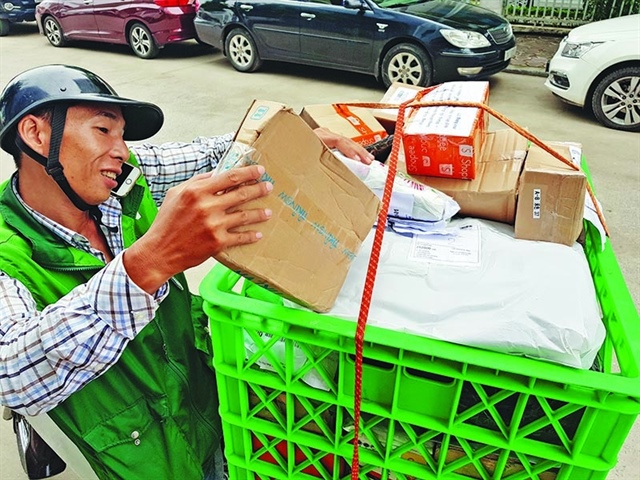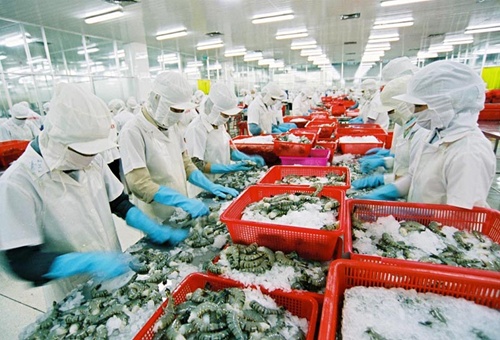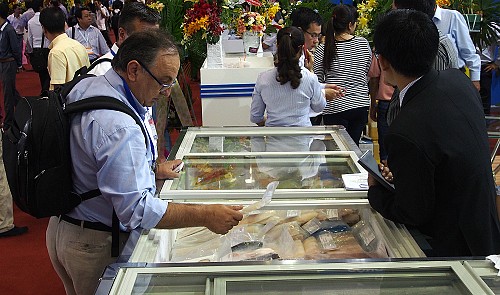Subsidies for domestic production ineffective
Subsidies for domestic production ineffective
The government has been applying policies to support rice growers, but the beneficiaries from the policies are not Vietnamese farmers, but foreign importers. Meanwhile, the instruments to protect domestic production have not been used properly.

Vietnam’s commitments on tariff cuts are mostly in four business fields, namely goods trade, service trade, investment and intellectual property (IP).
In the WTO, Vietnam still can use tariff as a tool to protect domestic production, because Vietnam only committed to cut tariffs, while it did not promise to eliminate tariffs. However, for other FTAs, Vietnam has committed to reduce most of the tariffs to zero percent.
Vietnam is now negotiating FTAs with nearly 50 countries, and it is clear that tax cannot serve as the tool for domestic production in the future.
Nguyen Anh Duong from NDS Project of ActionAid agreed with Trang, noting that the policy space for protecting the domestic electronics industry has become limited because of sharp tax cuts.
Meanwhile, the policy space for supporting the food processing industry is larger, but the tariffs have also been cut very rapidly, even more rapidly than the committed tax cut plans.
However, while there are only a few tools left for Vietnam to use to protect domestic production, Vietnam still cannot take full advantage of the tools. In other words, great opportunities and reasonable tools to protect Vietnamese enterprises have been wasted.
Trang noted that supporting domestic industries, especially important ones, will be “perennially fashionable” even though the world is now entering the new era of trade liberalization.
Experts have also pointed out unreasonable policies in supporting the domestic rice production.
According to Vu Trong Khai, an independent agriculture expert, the government now gives farmers VND500,000 per hectare per annum, and exempts irrigation fee and reduces land tax. It also spends money on the program on buying rice for stockpile to ensure 30 percent profit at least for farmers.
However, Khai noted that though the State has to spend big money to encourage domestic rice production, Vietnamese farmers have not been benefiting from the policies.
The State, for example, props up loan interest rates to help businesses collect rice from farmers for stockpile. This makes the rice production cost artificially low.
This means that foreign importers can buy rice cheaply thanks to the government subsidy.




















